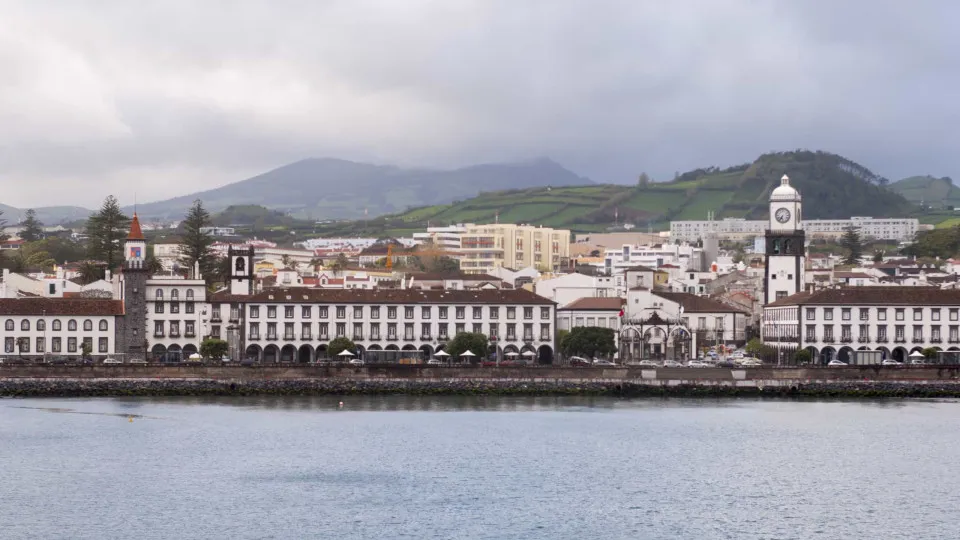
“This change, made in a non-transparent manner, without dialogue with those on the ground and during the peak tourism month, shows that CP is adopting a ‘I want, I can, and I command’ attitude, ignoring the interests of the people of Porto, those from the north, the Galicians, and business people from both countries,” stated Filipe Araújo, the head of the list for the movement Fazer à Porto, in a statement.
The candidate, who is currently the vice-president of the municipality, expressed his inability to understand what he perceives as a “disinvestment” in the international Celta train, which operates the Porto-Vigo route. He accuses Comboios de Portugal – CP of “disinterest” in what he describes as a “strategic connection for Porto and the Northern region.”
Filipe Araújo regretted that CP has not provided a “valid justification” for the need for a transfer at Viana do Castelo and noted a lack of information available to passengers regarding the new duration of the Porto-Vigo trip, which he believes will be “clearly longer.”
CP has not explained the reasons for changes in this service, but the candidate cites the Spanish press to accuse the company of lack of planning: “this change is related to the fact that the railcars are reaching the mileage limit, necessitating thorough maintenance, and there is no agreement between CP and the Spanish RENFE regarding payment for these maintenance works.”
Attempts have been made to obtain clarification from CP and a response is awaited.
Last Friday, CP announced that the international Celta train will require a transfer at Viana do Castelo starting August 17, to “ensure service continuity.”
In a statement, CP described it as an “exceptional and temporary” measure, without specifying an end date for the “transitional adjustments” to the service, which has been operated jointly with Spanish Renfe since July 2013, connecting Vigo with Porto and stopping in Valença, Viana do Castelo, and Nine.
According to CP, starting August 17, “the route between Porto-Campanhã and Viana do Castelo will be covered by electric railcars UTE 2240, while UTD 592 railcars will remain in service for the Viana do Castelo-Vigo segment.”
“This is an exceptional and temporary measure, without any train cancellations. The service will continue with the introduction of the transfer at Viana do Castelo,” assured CP, without explaining why the service will be operated by two different types of railcars or why a transfer is necessary.




